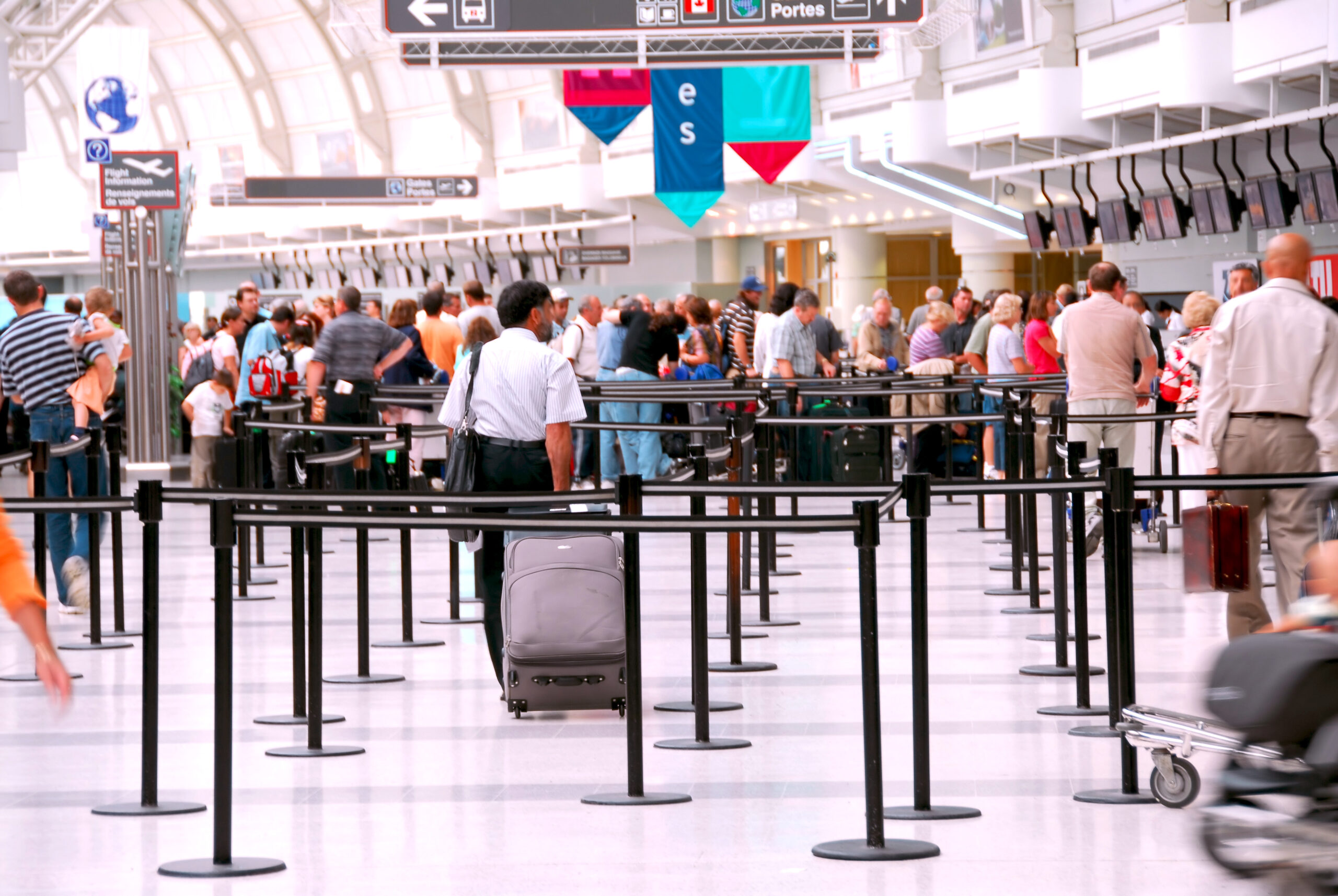Are you looking for ways to be more sustainable? There are many ways to be more sustainable by supporting companies and products or creating better habits for the environment, fair to workers and supportive of communities.
This may not require as much effort as it seems. Consumer decisions, diets, and even the technologies used in our homes and vehicles all have differing sustainability impacts. As consumers, we can reduce harmful impacts by including sustainability considerations in our decisions. Some people further incorporate sustainability into their careers, banking and investments, and civic life through voting and advocacy.
Sustainability issues affect us all
Sustainability is broadly used to define ways to reduce harm and create benefits to society and the environment that support long-term quality of life for all people. Within sustainability, many issues can be classified as environmental or social issues, though these categories are not mutually exclusive. Sustainability issues are interconnected and often have both environmental and social effects.
Environmental sustainability
Environmental sustainability issues relate to our dependence on natural resources and ecosystem services from the environment. For instance, we directly depend on clean air and water to live, while we also rely on the services of forests, wetlands, biodiversity, soil health, and sunlight to filter water supplies, buffer from storms, minimize the spread of disease, and grow food.
Scientists have assessed negative environmental impacts that pose the highest risks and defined safe thresholds for these impacts. These include pollution from toxins, plastic, waste, and nutrient overloads, climate change, deforestation, and the overuse of natural resources.
Social sustainability
Our globalized world means that our personal decisions have impacts both on local people in our communities and people who live in distant foreign countries. Issues like modern slavery, child labor, and activity in regions with conflict can arise in the supply chains of the products we buy. Companies are also responsible to their employees and local communities, and their treatment of employees can have impacts related to gender inequality and pay gaps, health and safety performance, benefits, and more. More people are researching the companies they buy from to avoid these negative social impacts.
How your personal choices can make an impact
Even though it may feel insignificant to make personal decisions in the face of global sustainability topics, our consumer choices and daily habits do have an impact. When people walk their talk about sustainability issues, it sends a signal to others and sets an example for others to follow. Awareness raising is a key part of taking sustainability actions. Sharing the reasons why you make sustainable choices is important for educating others.
Ways to be more sustainable
While there is an endless list of ways to be more sustainable, we’ve identified ways to be more sustainable across different types of activities in the home, for transportation, and for consumer choices.
Save energy and water
Conserving energy and water requires conscious decisions to shut off lighting, appliances, and water fixtures when they’re not in use, as well as using them for shorter time periods. This can be much easier with smart devices such as timers, smart thermostats, and smart faucet designs or low-flow toilets that help you reduce your energy and water use automatically.
Retrofit your home to be more efficient
Single-family homes were often built without energy-efficient designs that lacked insulation, air sealing, materials, appliances, and HVAC equipment that helped to conserve energy without losing comfort. Upgrading your home to be more energy efficient through retrofitting, including the installation of heat pumps, ENERGY STAR-rated appliances, and insulation, is a great way to improve your overall sustainability. A home energy audit can help you to identify the most relevant strategies to take.
Install renewable energy and battery storage
For people with the budget, installing renewable energy resources such as rooftop solar and battery storage can reduce the long-term energy cost by supplying your home directly with its energy needs. These forms of energy produce no carbon dioxide emissions, so they help lower your overall climate impact.
Lower your waste footprint
Zero waste might be an unattainable goal for most people, but its general principles of buying fewer new things, consuming less single-use packaging, and keeping things longer are great approaches for a sustainable lifestyle. Reusable packaging, composting leftover food, and repairing broken or damaged clothing & appliances rather than replacing them are all great strategies for minimizing the amount of waste sent to landfills.
Transportation sustainability
Our choices of transportation affect the environment through their pollution. Some of this pollution occurs during the production of vehicles, while other pollution occurs at the exhaust pipe, by burning fuel. Shifting away from personal vehicles or those that produce tailpipe exhaust can lower your transportation footprint. Sometimes, there is a trade-off between time and efficiency when shifting options, so planning ahead can also help you choose more sustainable options.
- Cycling and E-bikes are great transportation choices for denser urban areas in temperate weather.
- Public transportation and car sharing are more energy- and resource-efficient approaches to transportation than personal travel and vehicle ownership.
- Electric vehicles solve the tailpipe exhaust problem, and more and more charging station networks are being built out in the U.S., making them more convenient to use.
- Consider train travel instead of short flights. Train options like Amtrak can be a fun and simple travel experience without the extensive security checks and boarding complexities of airports. Most of the exhaust from flying is released during take-offs and landings, so reducing the number of short flights you take helps lower your lifestyle emissions.

Sustainable diets
The range of sustainable food choices expands as more people embrace plant-based, vegan diets. Beef and dairy production are some of the least efficient forms of food to process, so lowering your meat, cheese, yogurt, and butter consumption can go a long way toward sustainability. People may choose to completely restrict their diets to exclude meat and animal products for reasons other than environmental efficiency, including the ethical treatement of animals.
Other ways to improve sustainability related to food include cooking at home and shopping for organic, local, and seasonal foods. To reduce waste, buying in bulk and planning to eat leftover meals are other great ways to improve food-related sustainability.
Reducing your digital footprint
Whether you realize it or not, our online activities’ cloud-based data storage requirements require significant energy. It’s important to keep in mind that every old email, photo, and text message consumes energy to store when it is hosted in a cloud-based platform. Every time we query or process information using search or AI platforms, we also consume energy. AI prompts are significantly more energy-consuming than traditional search prompts, too. One way to lower your digital footprint is simply to limit time for specific online tasks, such as a half-hour dedicated to email clean-up or social media time each day.
Consumer decisions
Overconsumption is more common in regions with higher spending power, like the U.S. The production and consumption of consumer goods like clothing, electronics, toys, and furniture require significant resources. Thankfully, there are ways to make your purchases more consciously, such as buying less, buying from local sources, shopping for second-hand items, and choosing brands that focus on sustainability.
Personal finance and sustainability
Sustainability is not only about the direct decisions you make but also the decisions made by the institutions you support. Banks use your savings and money to invest and lend to specific industries and companies. Some people are urging their banks to invest more sustainably and concentrate on their local communities. Other people seek mutual funds, 401Ks, and other long-term investments that support more sustainable companies or exclude industries that harm the environment.
Researching ways to move your money to prioritize sustainable institutions and investments can be a great way to have a passive sustainability impact. For instance, you or your financial advisor can help to research sustainability-themed ETFs. Choosing a local credit union for banking can help to ensure reinvestment and lending in your community.
Sustainability at work
We spend approximately eight hours of our time each day at our jobs. Many people who wish to live more sustainably incorporate sustainability considerations into their work. This can take many different forms:
- Propose sustainability initiatives
- Seek more sustainable employers
- Work in innovative industries that champion sustainability solutions
Each of these strategies helps to combine the time you spend at work with your sustainability values.
Local community-centered sustainability
Community-wide initiatives towards sustainability can be found almost anywhere. You can get involved by volunteering or donating to initiatives like local food banks, community gardens, arts and culture activities in the community, libraries, green space, and other initiatives to protect local natural resources or support national or regional conservation efforts in dedicated parks.
Recreational activities
Even the things we do for fun have a sustainability impact. Our appreciation for nature and the outdoors can foster support for conservation and wildlife. Here are some tips for lowering your recreational footprint:
- Travel locally and support ecotourism or socially conscious travel
- Enjoy the outdoors and purchase admission to nature parks or landmarks, and practice leave no trace principles when you visit these areas
- Support the cultural and historical preservation of traditions and Indigenous communities in your area
- For international travel, choose sustainable transport and dining options and support local, independent vendors and small businesses.
One step at a time
Overall, there is no “right way” to live a sustainable lifestyle. With so many opportunities to be more sustainable, people can incorporate small sustainable decisions into all aspects of their lives that collectively add up. Consider these tips to help you consider how we all have a direct impact on the environment around us and the health, safety, and fair treatment of people in our local communities and abroad.



